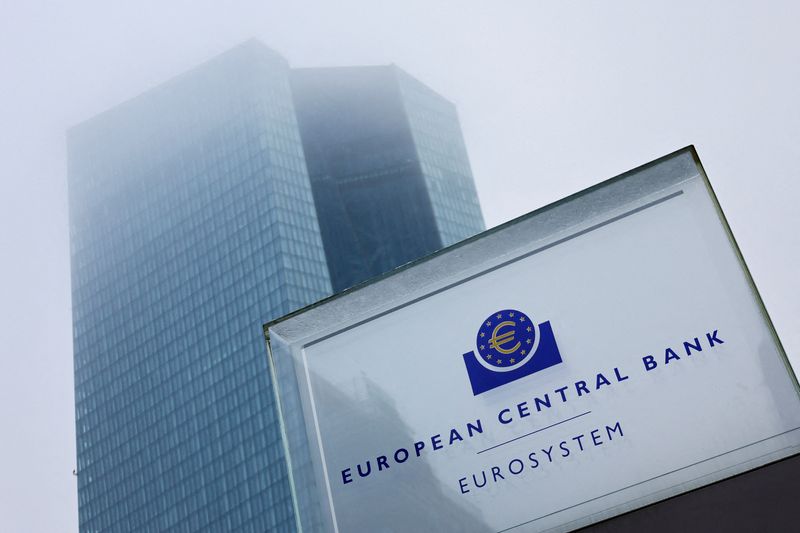(Reuters) -European Central Bank policymakers saw no urgency in cutting interest rates last month but hinted at a fresh discussion in September as high rates take a toll on growth, the accounts of their July 17-18 meeting showed on Thursday.
The ECB left rates unchanged at that meeting and gave almost no hint about its future policy moves but the accounts reveal concerns about restricting economic growth too much and show increasing comfort that bringing euro zone inflation down to the 2% target was on track.
"A gradual attenuation of policy restriction was a balancing act, as it was also important not to unduly harm the economy by keeping rates at a restrictive level for too long," the accounts showed. "It was ... important to keep an eye on the real economy."
"The September meeting was widely seen as a good time to re-evaluate the level of monetary policy restriction," the ECB added. "That meeting should be approached with an open mind"
The ECB was among the first major central banks to cut rates in June and euro zone economic data in the past six weeks have largely supported the case for further easing.
Growth in negotiated wages, a key metric to gauge future price pressures, slowed sharply in the second quarter, while economic growth has been anaemic with Germany, the bloc's biggest economy, skirting a recession.
That is why markets now see a more than 90% chance of a 25-basis-point rate cut next month, followed by at least another step this year, possibly in December.
"While there could still be upside surprises to wage growth later in the year, today’s wage growth reading makes a September cut by 25bp even more likely," ING economist Bert Colijn said.
The ECB has long been concerned about rapid wage growth but the accounts suggest that policymakers are becoming more relaxed.

"It was comforting to see that domestic cost pressures from high wage growth, including in the services sector, had been increasingly buffered by unit profits," the accounts showed.
Policymakers also thought that inflation was well on its way back to target and inflation was progressing along its long-outlined criteria, putting price growth back at 2% by the end of next year.